Beyond Blockbuster: 6 Key Stages Of Home Video Evolution

Soon, Blockbuster will be no more. The truth is, for many of us, the store has been history for a while, but news that the chain of video stores is closing its last remaining doors is reason enough to wax nostalgic over the place it had in many of our video-watching lives. When factoring in my own personal history with home video, Blockbuster was really just a blip on a timeline full of more memorable ways to get my movie fix.
With Blockbuster's demise, now seems like as good a time as ever to review the evolution of home video over the last few decades. I grew up in a middle class household on Long Island, the middle of three sisters and a younger brother. For a family of six, going to the movies was a pricy affair and thus, a rare treat. More often than not, it involved the dollar theater that played second-run movies. But as a born and raised movie-lover, I can’t complain, as I was fortunate enough to have a tech-savvy father whose own appreciation for cinema and home entertainment technology allowed me to grow up a proper movie fan. For as long as I can remember (going back to the early 80s), we had a VCR and we had HBO. And my father even managed to barter his computer services — a hot commodity for small businesses in those days — in exchange for all the rentals we could handle from the local mom-and-pop video store in town. See, this was before Blockbuster. It was before Netflix and iTunes and On Demand. In the 80s, if you wanted something, you usually had to leave the house to get it.
Looking back at my own history of home video, I realize there were six key stages of home video evolution in my life, some more vital and memorable than others in shaping me to be the movie fan I am today.
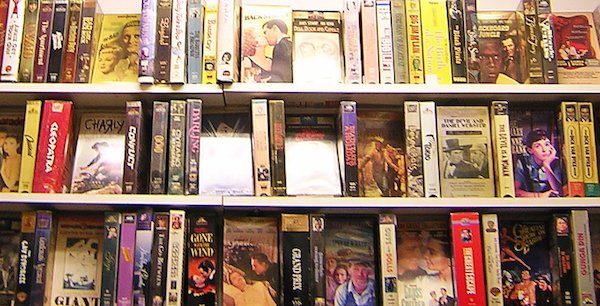
1. The local video store.
In the pre-blockbuster era, the local video store was a privately owned establishment that you might find in a shopping center, maybe set between the liquor store and the supermarket. It was probably smaller than your average Game Stop or Hot Topic. Somewhere in that range, though. And it may have been made even smaller by the sectioned off area where they kept the adult films. I could tell you about the time I managed to sneak into that little room to see what was in there, only to have my father drag me out by the collar of my coat, but my memory of that is fuzzy, and that’s probably for the best. The point is, these cluttered little video stores were jam-packed with movies, and not just the ones you’ve heard of. If the video store was a good one, they had the weird stuff too and the guy at the counter had seen all of them. I have fond memories of my dad coming home with a tape or two on random nights when he got home from work. We always begged him to get the movies we knew and loved, but oftentimes, he’d insist on bringing something new (or something very old) home instead, and I appreciate that much more in retrospect than I did then.
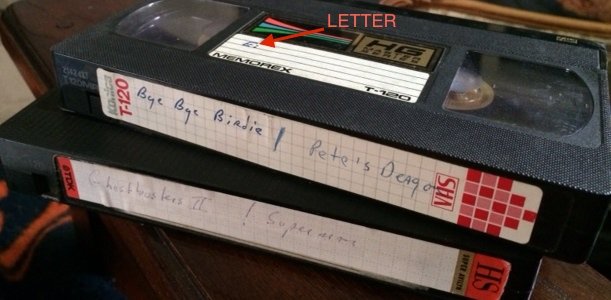
2. Taped off TV.
We were fortunate enough to have HBO in my house in the 80s, and my father was big on taping stuff off television. In fact, most of his video library consisted of stacks of VHS tapes full of stuff he taped off TV or later, Pay-Per-View (we’ll get to that later). My father had this whole label-lettering system in place to keep track of what was on which tape. If we wanted to know where to find Annie, for example, we had to check the list and then find the tape with the corresponding letter. The title of the movie was only ever printed on the tape if that tape had been upgraded to "Don’t Tape Over" status. If the label had a title on it, you didn’t tape over that tape for any reason. Especially not the one with Ghostbusters II and Superman on it, as my brother watched that one on a daily basis.
Your Daily Blend of Entertainment News
The downside to taping stuff off TV is that sometimes we didn’t catch the beginning, or the tape got messed up. It’s for that reason that I’m far less familiar with the first ten minutes or so of Pete’s Dragon than I am the rest of the movie. I actually still have a couple of these tapes (see image above) because I'm nostalgic like that.
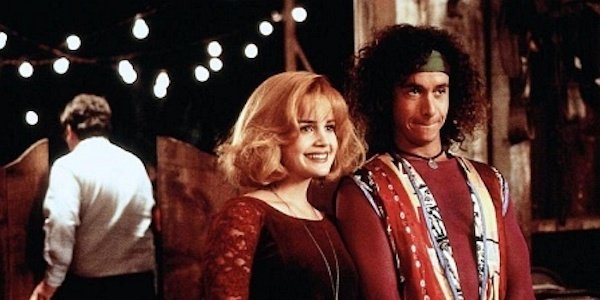
3. Pay Per View, the On Demand before On Demand.
Let’s move into the 90s, when home video was becoming more accessible than ever. For a little while, it seemed like Pay Per View was all the rage for movies in their post-theatrical run. It’s because of Pay-per-view that I’ll always hold a special place in my heart for HouseSitter (starring Goldie Hawn and Steve Martin) and Son in Law (Pauly Shore and Carla Gugino), as those were the first two movies my father rented via Pay Per View, and we were thrilled by the idea of getting to rent a movie just by dialing a number and setting the cable box to a certain channel. I think it was somewhere in the ballpark of $5 to rent a movie and yes, you had to call a number to order it. They didn’t have interactive TV menus back then. It was our first taste of On Demand. And once you ordered it, the movie played continuously for the next 24 hours, so get the VCR tape ready and watch it a couple more times while you have it, because you can!
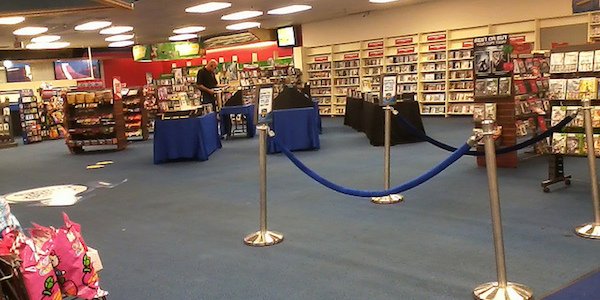
4. Blockbuster video (wow, what a difference.)
Pay-Per-View wasn’t really the game changer it should have been. Technology wasn’t quite ready to take movies to the next level of On Demand yet, so we were all still renting our videos in the 90s. And that's where Blockbuster came in. Unlike the little video store, this place was like a supermarket of videos, with aisles of tapes (and later DVDs) and whole walls dedicated to new releases. They also sold candy at movie-theater-like prices. Not only were Blockbusters sprouting up all over the place, but the latter part of the decade included the arrival of Blockbuster’s bigger competition, Hollywood Video. Apparently, this place was around in the late 80s, but I’d never set foot in one until the late-90s, and with the exception of their more flexible policy on rentals for new releases, the stores were pretty interchangeable, in that they were both big video stores that carried lots of copies of the new releases and a reasonable assortment of other hit movies.
Honestly, my memories of Blockbuster are a bit underwhelming when I factor in the full scope of my home video history. Sure, it had a lot more square footage than the old video stores, and they carried the new releases right away, but the cost wasn’t great, nor were the late fees. And maybe my memory of the establishment is a bit more bittersweet than it might have been had I not once been accused of renting and failing to return The Hurricane from a Blockbuster I’d never set foot in. (I think they were trying to charge me something like $100 for the replacement copy.). But if there’s one thing I loved about Blockbuster, it’s that they sold pre-viewed movies at a discount, and as I was big on building my video library in the 90s, that was a big one. Which brings us to…

5. Video clubs.
Growing up in a household where 98% of our home video collection was lettered VHS tapes, I was eager to begin building a proper video library in the 90s when I left home and went to college. But movies weren’t cheap in the mid-90s. A new release on tape could cost upwards of $24.99 or more. That’s where services like Columbia House were huge. While some college kids were trying to fulfill the agreed-upon purchasing requirements of their BMG CD club, I was filling up my dorm room with VHS tapes courtesy of those mail-in video clubs. You picked a certain amount of movies for a ridiculously low price like a dollar a piece or a penny or something, and then maybe you got two more for a higher but still-low price, and you committed to buying a few more movies at any point in the next year or two. Of course, with shipping and tax and everything, those additional movies cost like $30 a piece, but you’d worry about that later. YOLO!
All those tapes (some of which you can see in the pic above) ended up on eBay five or six years later when I was trying to upgrade to DVD. And that brings us to the 2000s…
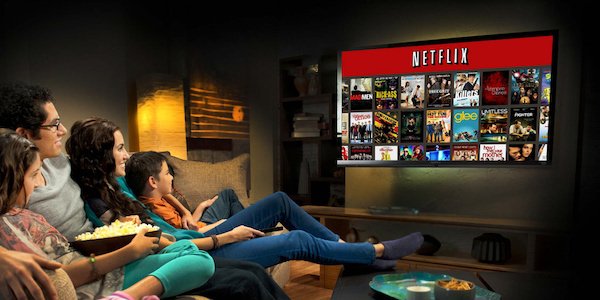
6. Digital.
DVD was on the rise at the turn of the century, as was file sharing, which is what we called it before the more sinister phrase "pirating" began to circulate. It was a morally gray area at the time, as one might try to make the argument that sharing a computer file was like sharing a CD or DVD with a(n anonymous) friend. The studios disagreed. From there, those who wanted to stay above the law moved on to other ways to conveniently watch movies at home, and for me, in absence of a legal way of digitally enjoying movies on demand, I tried Netflix’s mail-out DVD service. Back around 2000-2001, the service’s selection wasn’t so great. In fact, I remember watching a lot of indie movies that year because it was just too convenient to be able to pick out movies online and have them mailed to my house within days. And what? I can keep it for as long as I want? Awesome? In theory. No really, Netflix, you can have Gossip back, I’m done with it. I cancelled my Netflix subscription a year or so and didn’t go back to it until the selection improved.
It may have taken a little while for Netflix to find its footing in the DVD distribution field, but once they did, they didn’t content themselves by merely being a DVD mail-order service. They evolved to streaming video and well, you know how the story goes from there. More movies, exclusivity, original programming, etc. The service is still looking to expand. And they’re not alone. That’s probably one of the reasons why you haven’t been to Blockbuster in years. There’s no need to. The options for home video today are plentiful and incredibly convenient. Not only can you get a DVD or even a Blu-ray for under $10 in some cases, but renting has been simplified to a vending machine, courtesy of Redbox, and numerous On Demand services, Amazon Instant Video and iTunes. We also have subscription services like Netflix and Amazon Prime to offer us unlimited streaming from their growing libraries of movies and TV shows.
The cost is down and the options are up, making home video as simple as it ever was. And it’s with that in mind, added to my own experiences that I find it difficult to mourn the loss of Blockbuster. It has its place in home video history, but in my own personal timeline, it’s a spot wedged somewhere between Pay-Per-View and this golden era of home viewing. With that said, rest in peace Blockbuster. Somewhere out there, someone might still have that copy of The Hurricane that you thought I rented. I hope they enjoyed it. I still haven’t seen that movie.
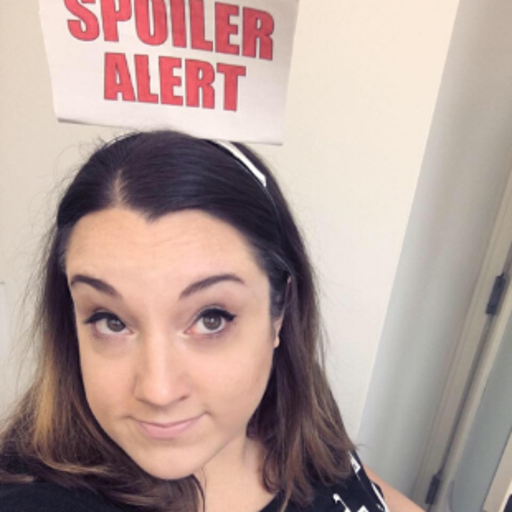
Kelly put her life-long love of movies, TV and books to greater use when she joined CinemaBlend as a freelance TV news writer in 2006, and went on to serve as the site’s TV Editor before joining the staff full-time in 2011 and moving over to other roles at the site. At present, she’s an Assistant Managing Editor who spends much of her time brainstorming and editing features, analyzing site data, working with writers and editors on content planning and the workflow, and (of course) continuing to obsess over the best movies and TV shows (those that already exist, and the many on the way). She graduated from SUNY Cortland with BA in Communication Studies and a minor in Cinema Studies. When she isn't working, she's probably thinking about work, or reading (or listening to a book), and making sure her cats are living their absolute best feline lives.
